A Closer Look At The BYD Atto 3’s Chassis – the e-Platform 3.0
Here’s some information about the e-Platform 3.0 chassis underpinning the BYD Atto 3.
Earlier this month, Sime Darby Motors launched the Atto 3 – the first of many BYD products to enter the Malaysian market. While there are loads of Chinese electric vehicles that are coming to Malaysia, each one is slightly different from the other. We thought we’d spend a bit of time explaining the underlying technology behind the chassis of the BYD Atto 3.
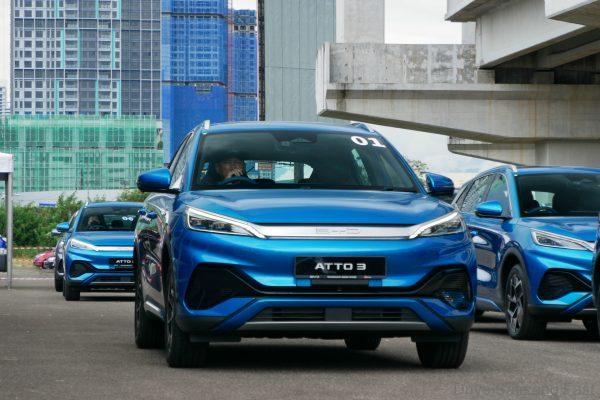
The BYD Atto 3 is a battery electric vehicle (BEV) that is built on the company’s advanced e-platform 3.0. The platform consists of a few key modules that are integral to the vehicle.
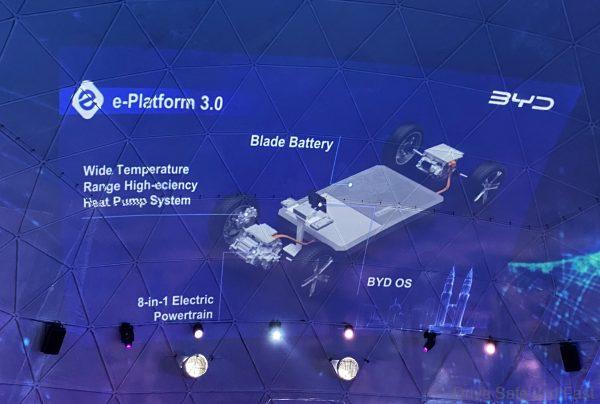
These include the 3-in-1 Electric Powertrain System in the front, an Integrated Module of Thermal Management, a Right Domain Control Unit, a Left Domain Control Unit, an Intelligent Driving, Cockpit Domain Control Control Unit, an 8-in-1 electric powertrain system in the rear and a Cell-to-Body Blade battery right in the middle of the chassis. There’s also 89% efficiency heat pump too. The platform can be configured with 800V fast charging technology.

The e-platform 3.0 features BYD OS, which was coded in-house and is fully open to developers.
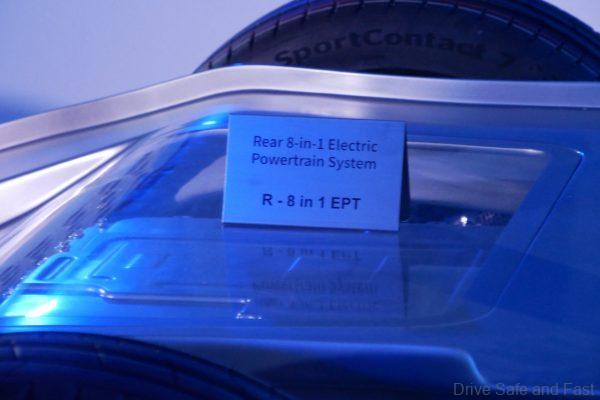
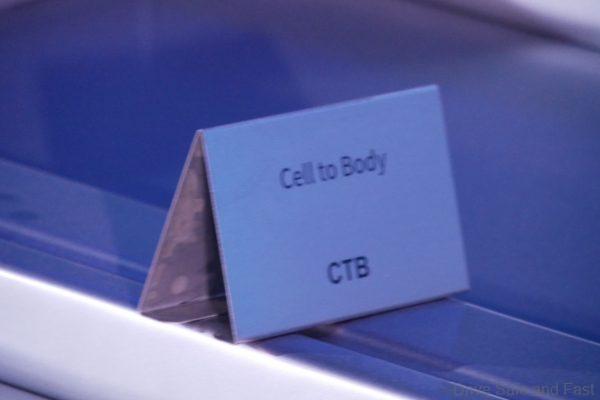
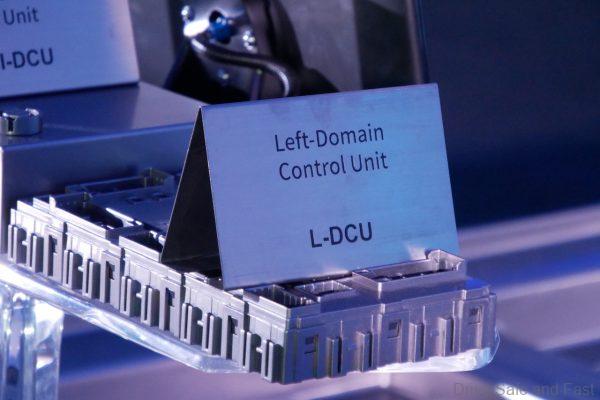
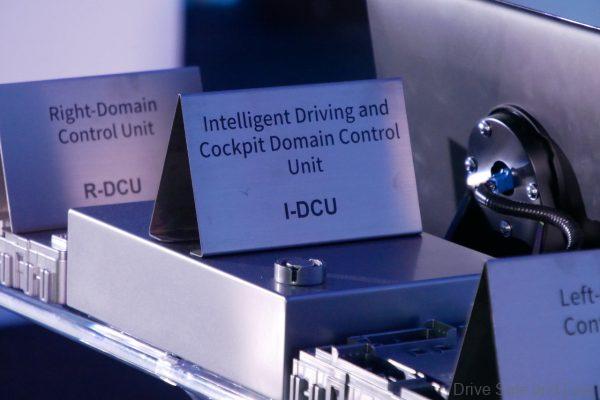

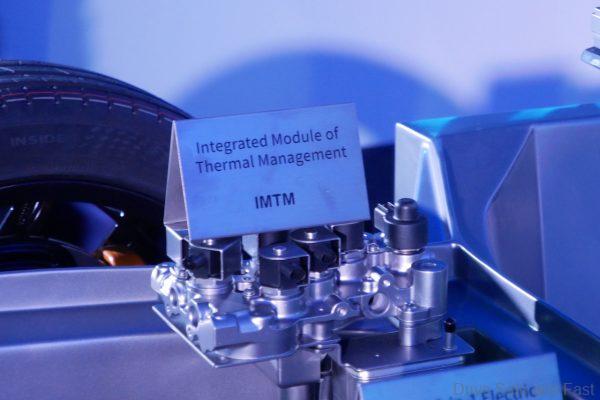
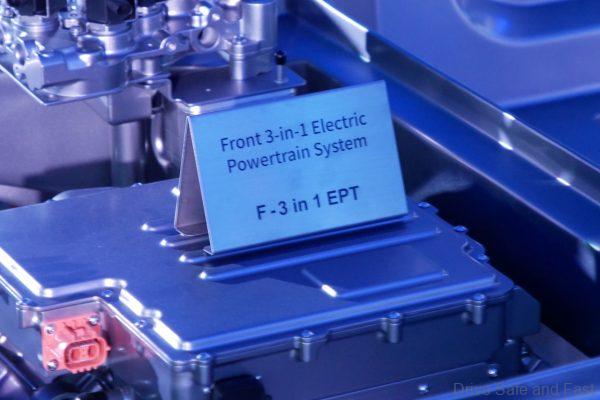
The Blade Battery is also a highlight of the Atto 3. This is one of the most impressive aspects of BYD vehicles. The company started its life as a manufacturer of high tech batteries. The Blade battery is a revolution in EV battery tech.
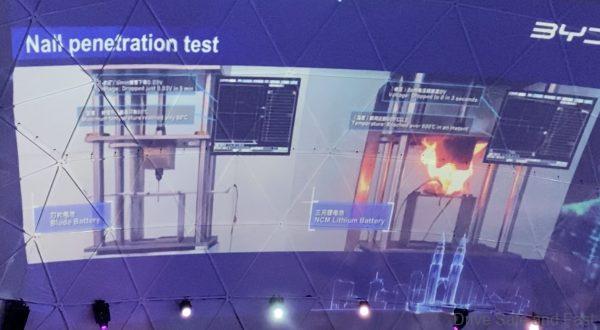
The singular cells in these batteries are arranged together in an array before being inserted in a way that’s 50% more space efficient than a conventional lithium iron phosphate battery. In nail penetration tests, the Blade battery does not emit fire or smoke. In fact, after penetration the surface temperature gets to about 30 to 60°C where ternary lithium batteries might get to 500°C, catch fire and emit smoke. Conventional lithium iron phosphate batteries don’t emit fire or smoke, but they do get to 200 to 400°C when penetrated. The Blade Battery also passed other extreme test conditions, such as being crushed, bent, being heated in a furnace to 300°C and overcharged by 260%. None of these resulted in a fire or explosion.
